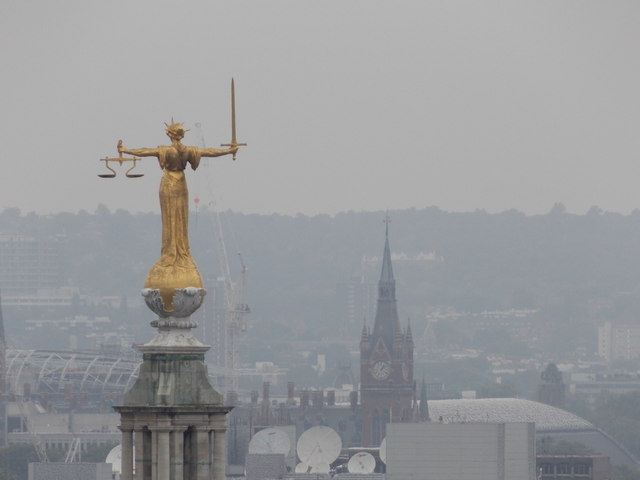Market is dynamic in terms of in-flowing products, consumer behavior and goodwill of a business. It is, therefore, crucial for a businessperson to defend his/her product(s) in the name and style of its trademark. The question of trademark protection becomes pertinent when the trademark is not in use for quite some-time. Does it mean that the consumer will forget the brand? Does this mean that the market dynamics will change the numbers or prestige of goods? Does the registered user be allowed to take leverage of its market reputation even long after abandoning the trademark? What if any other businessman wanted to revive its business with some trademark which may resemble its previously abandoned trademark?
IPAB has made this proposition clear with the issuance of an order on January 3, 2014 to remove the trademark “Crystal Glamour” owned by Austrian crystal jewellery and fashion accessories company Swarovski Aktiengesellschft under No.1134456 in Class 25 (Trademark classification for clothes). The mark has been applied for registration in the year 2002 and registered in 2005. The company (in a letter dated December 18, 2013) communicated to the registrar of trademark that the registration has lapsed and they have no interest in renewing the registration. Instead of which they requested to allow for rectification. They wanted to drop ‘Glamour’ from the trademark which flagged the applicant, “Crystal Knitters” based in Tirupur, since they are the registered trademark owner of ‘Crystal’. The applicant adopted this trademark in 1971, got it registered, has paid renewal fees timely and is still commercially active. The applicant has argued that they have extensive public identity and it has built itself as popular brand. It has statutory as well as common law rights over trademark ‘Crystal’ and copyright in the artistic work relating to the manner in which the mark is represented.
The applicant argued further that –
Ø The trademark ‘Crystal Glamour’ was not in use for 5 years or more,
Ø The trademark registration fails by virtue of section 9 & section 11 of the Trade Marks Act, 1999,
Ø That the Trademark was obtained without the bona-fide intention to use the same and they were more of looking to use the applicant’s trademark and its reputation in the market,
Ø That the trademark of the defendant was ‘neither distinctive nor capable of being distinguished’,
On service of notice regarding the application by the applicant, respondent did not file any counter statement but responded with a letter informing that they are no more interested in the application. The applicant insisted on hearing which the defendant did not attend. Applicant contested that the word ‘glamour’ was dropped and the only word remaining was ‘crystal’ which is registered trademark of the applicant.
The board observed that the applicant has adduced all the relevant documents to substantiate their contentions. The defendant had the prior knowledge of the applicant’s trademark and therefore, concurrent use or innocent infringement situations are ruled out. Furthermore, the defendant has requested to allow the rectification petition. The board therefore, concluded that the application be ordered with a direction to the registrar of Trade Marks to remove/cancel the trade mark “Crystal Glamour” registered under No. 1134456 in class 25.
Conclusion -
Chapter VI of the Trade Marks Act, 1999 dictates the use of trademarks and registered user. Section 47 of the above-mentioned Act provides that the application for ‘removal from register and imposition of limitation’ are permitted after 5 years and 3 months from the date of register of the trademark, on non-use situations. Defendant seems to have lapsed its statutory rights to revive its trademark ‘Crystal Glamour’. Though, it seems irrelevant on behalf of the defendant to contest the opposition since they are no longer intending to use their registered trademark. Also, it is waste of time, energy and money if the businessperson is no more using or willing to commercialize the particular trademark.
The statutory provision mentioned above indicates that there is a fair chance that a consumer will forget a brand after certain time if that trademark is not in use, unless of course it is a well-known trademark. It is however very difficult to draw limitations on reputation in terms of time and economics for goodwill. But, the trademark law dictates that one shall not be allowed to hold IP rights if they have abandoned it for continuous long term. It is therefore paramount to fortify one’s trademark, its associated common law rights and statutory rights.
IPAB decision can be seen ‘ here.’
Author - Manish kumar















